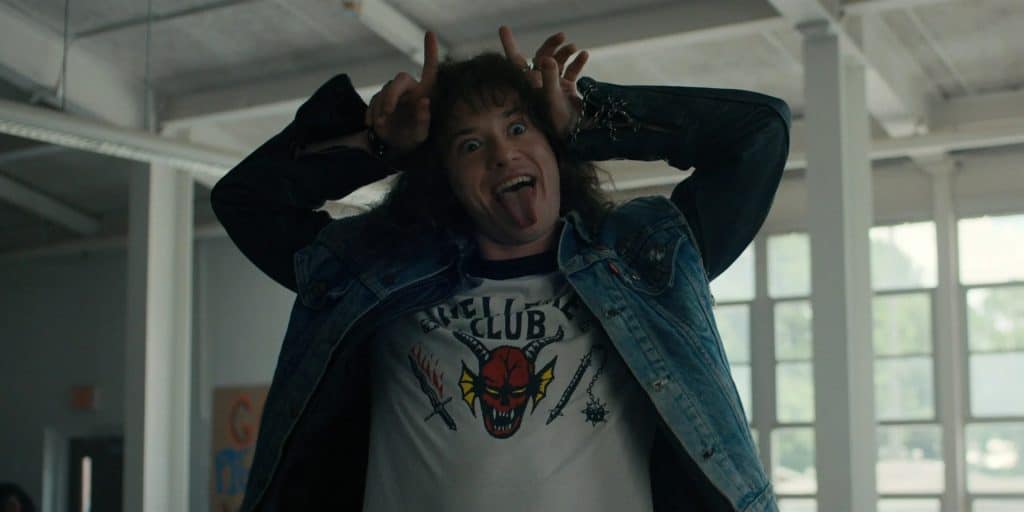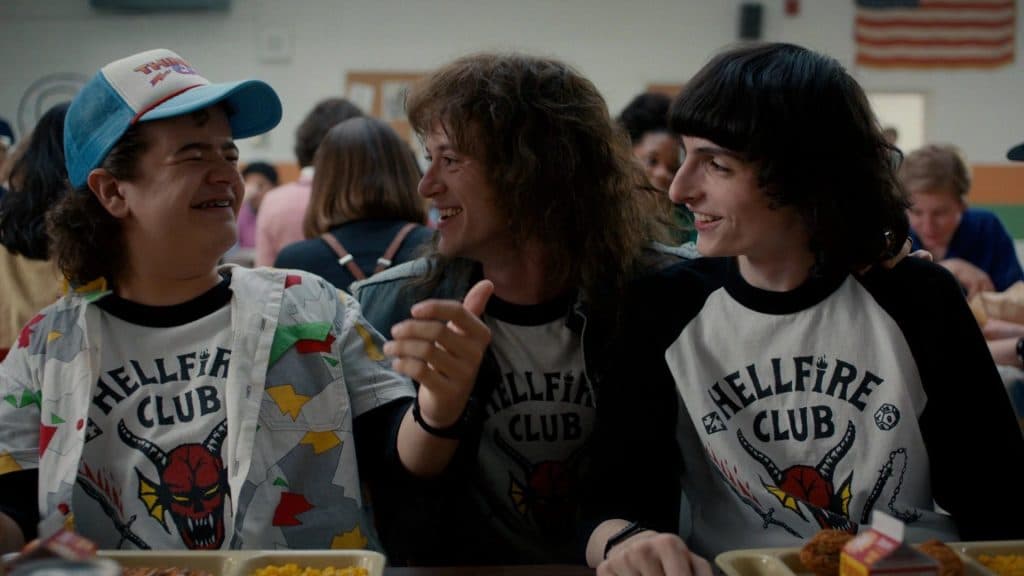Back in my day, children were allowed to spend days wandering unsupervised through the woods. In fact, it was expected, because that’s how us little rascals entertained ourselves before everyone had our devices.
Fortunately, I grew up in West Virginia, so I could find woods just by walking out my back door. As a junior high kid, a shout of, “Mom, I’m going to go play in the woods!” would be greeted with, “OK, be back before dark!“
Some of my best memories are of the woods, particularly because I’d explore the area behind the junkyard and that allowed for a little serendipitous salvage. There was also an abandoned house that my friends and I wandered into only to find a detached doll’s head with creepy eyes that we were convinced was Chucky, an experience that fostered weeks of sleepless nights.
Other woodsy activities included building lean-tos out of fallen trees, damming up streams to build little hydroelectric experiments, catching salamanders, just barely missing putting our eyes out with BB guns, and practicing throwing ninja stars into trees.
The point is that it was no big deal for kids to wander the woods in the 80s and there were no cell phones to check in on them anyway. Just ask the kids from Stranger Things.
But our story takes a twist, as as evidenced by the opening episode of season 4 of Stranger Things. Eddie, the leader of Hawkins High School’s “Hellfire Club,[1]” reads a Newsweek article about how Dungeons and Dragons is for Satan worshippers. “The devil has come to America,” Eddie reads aloud. “Studies have linked violent behavior to the game, saying it promotes satanic worship, ritual sacrifice, sodomy, suicide, and…even murder.”
I’m sure you’ve guessed by now. Not everyone was comfortable with children exploring the woods. In fact, there were millions of people in the 80s who were absolutely convinced the woods were brimming with satanists and all sorts of evil things that you’d expect to inhabit the Upside Down.
So, let’s talk about what was happening culturally at that time in the 80s. I’ve written previously about the 1970s anxiety about cults, driven largely by Charles Manson murders. That was part of it, but changes in the Unites States economy played a huge factor as well.
Gas prices soared, inflation was out of control, and anxiety about Russia limited economic confidence, trends that could never happen today obviously. But that economic reality meant that both parents were entering the workforce in record numbers.
Whereas the mother may have previously planned trysts with Billy and stayed at home to greet the kids after school, it was increasingly a culture of “latchkey” kids who would let themselves in the house, then be expected to entertain themselves for several unsupervised hours. Many, like me, would wander off to play in the woods.
Parents had unexpressed guilt about this and these worries about their kids being unattended would often come out sideways, driven by irrational fears. We’ve established that Charles Manson stoked a cultural anxiety that kids were being scooped up by crazy cults. But soon another anxiety would layer on top of that.
The late 1970s also featured a cultural rise of the Religious Right, organized by televangelists like Jerry Falwell and Pat Robertson of the 700 Club. Remember, there were only a few television stations at that time and no Internet, which meant YouTube, Hulu, and Netflix were out of the question. So shows like the 700 Club had tens of millions of viewers.
These televangelists would consistently book fringe voices and conspiracy theorists over and over, normalizing them, much like Fox News does today. Suddenly, a single, isolated crazy like Charles Manson felt like a reality where there was a crazy under every bush and around every corner.
And the Religious Right kept tossing chum out into those waters, feeding the frenzy. It was as if anxiety was taking shape, starting to feel a little more tangible. Indeed, folks started to believe that literal demonic forces were swirling around them.
Says Religious Studies professor Joseph Laycock, “Many Americans truly did feel the corrupting presence of an invisible force that seemed to be all around them, corrupting their children and undermining the values of the family. This anxiety was expressed in symbolic terms, and these symbols were mistaken for reality.”
I love that the kids on Stranger Things play D&D, in part because that’s exactly what I was doing when I was their exact age at that exact time in American cultural history. But OG D&D players know the anxieties we’ve been talking about were thick in the culture at that time.
D&D fans remember it being called the “Satanic Panic” and thousands of kids had their D&D books confiscated by anxious parents or teachers. Already nerdy, the Satanic Panic pushed D&D players deeper “underground” for fear that they’d be ostracized for playing “the devil’s game.” This, ironically, further deepened the misunderstanding and mystery of the game.
I should know, the 80s tried to beat into my head that my beloved D&D was a direct journey to Satan. While my mom never forbade D&D books, she was a little nervous about them, her only sin being that she loved her son and wanted him to be safe.
Lo and behold, despite my life-long love of D&D, I have been a pastor most of my career. I must have failed a saving throw along the way.
The Mind Flayer was just a monster in a book, yet millions of Americans truly felt like it was lurking in the woods, eager to steal the innocence of our nation’s children. This is what the writers of Stranger Things have captured so perfectly.
Stranger Things is a brilliant show that portrays a moment in American culture pitch perfectly, and is darned entertaining to boot. Nowadays, our nation’s symbolic fears have a new face and you might actually see someone wearing a D&D t-shirt in public, but the Hellfire Club of Stranger Things reminds us that cultural anxieties have been around a long time.
[1] I love this clever naming nod to Claremont X-Men, comic books that were wildly popular at the time. Stranger Things captured the little details of the 80s perfectly.



